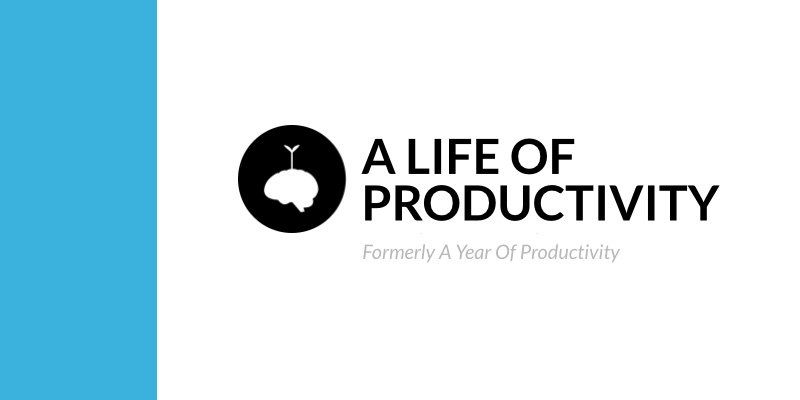Mind the Process, Not the Results
Can you believe that it’s almost February… that means we’re 1/12 through 2018 already. How are your resolutions playing out?
Maybe you’ve been working towards saving a downpayment for your first home, or maybe you’re trying to get your credit back on track. Regardless, if you have financial goals for 2018, then you should probably have a read through this article. Productivity expert Chris Bailey outlines that it’s more about the process than the results.
Of course if you’re looking for a plan, any of our Canadian Mortgage Experts would love to work with you.
Mind the Process, Not the Results
Regular readers of this blog are probably familiar with the Rule of 3. It’s where, at the start of each day, you decide the three things you want to have accomplished by day’s end. It’s my favorite productivity tactic, and the benefits of implementing it are profound.
I recently discovered a way to level up even further with this rule: by focusing on the process of achieving my daily goals, rather than the end results. Let me explain.
Let’s say you want to write a non-fiction book. The process of writing a book is simple: once you’ve settled on a structure that will house your thoughts, you sit down, day after day, putting words to the page and filling in that framework. It’s a messy, complicated process that’s relatively simple in execution when you put in the time and attention.
Let’s pretend that, in the middle of writing this book, one of your three daily intentions is to “finish chapter 3.”
The problem with this intention is that it isn’t actionable—it doesn’t have metaphorical handles you can grip. The same goes with other generic goals, such as “lose five pounds this month” and “train for a marathon.” These goals are better than nothing, but they don’t define any course of action.
Process goals, on the other hand, do. A “process goal” is when you set out a pathway to achieve what you want. Goals of this kind are what you should be focusing on.
Here are a few examples:
- “Finish chapter 3” becomes “write for 90 focused minutes today.”
- “Train for marathon” turns into “spend five hours running this week.”
- “Lose five pounds this month” becomes “make a weekly meal plan this month.”
Setting process goals instead of generic goals has disrupted my Rule of 3. As an example, here are my three intentions for today:
- Write for a total of two uninterrupted hours;
- Watch three keynotes, and capture improvements to make in my own talks;
- Read four productivity journal articles.
These goals are actionable and focus on the process—which gets you what you want.
Process goals also prevent you from falling into a common trap of success. Once someone achieves some success, they commonly stop doing the things that led to that victory in the first place. The musician who released her first hit record forgets about the little kid who practiced piano for eight hours every day—and is forever destined to be a one-hit wonder. The promising athlete who was just drafted for the NFL stops focusing on the training that got him there—and becomes a disappointing draft pick, not living up to his potential. Sometimes the process that led to our success works so well that we forget to invest in it.
Process goals are the antidote. They remind us that in order to get what we want, we have to keep our head down, focused on the process. Focusing on our goals is nice, but the process is what lets us actually achieve them.
This article was originally published here on the Life of Productivity blog. There are lots of great articles there that could change your life! Seriously.




